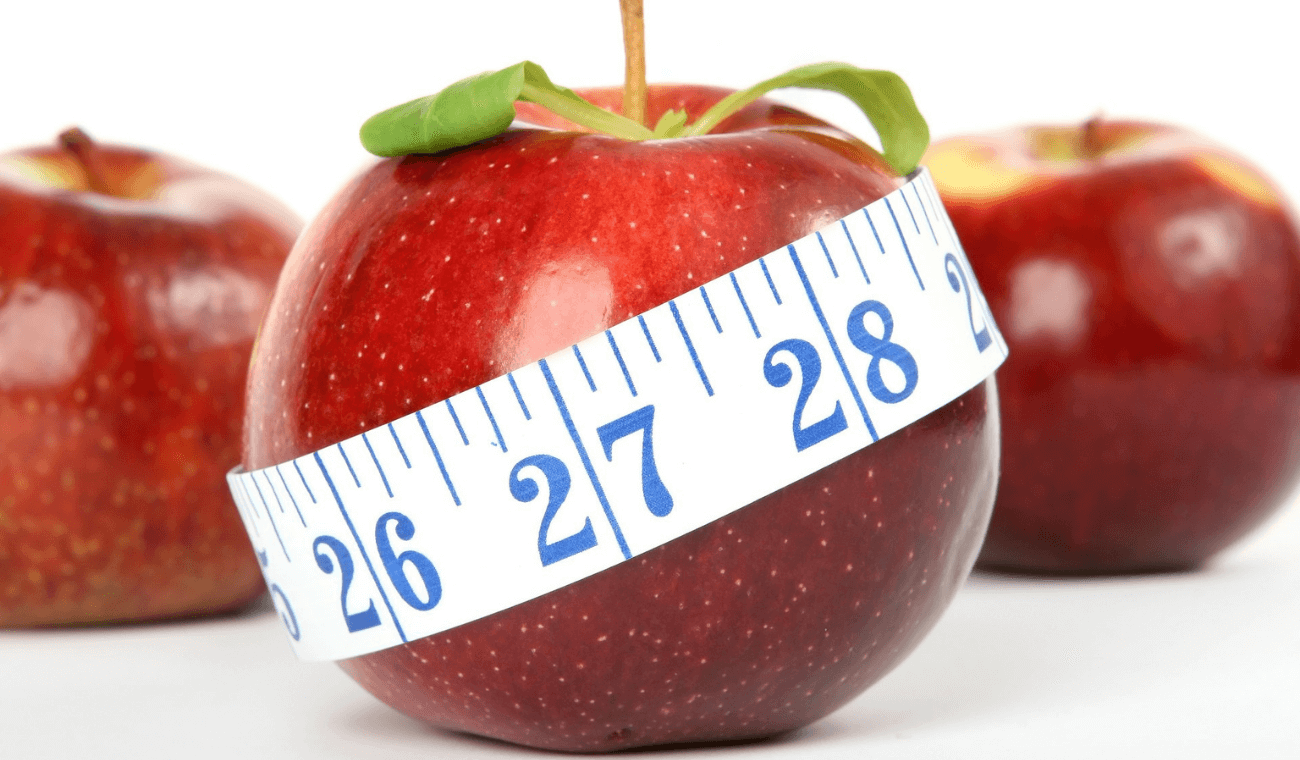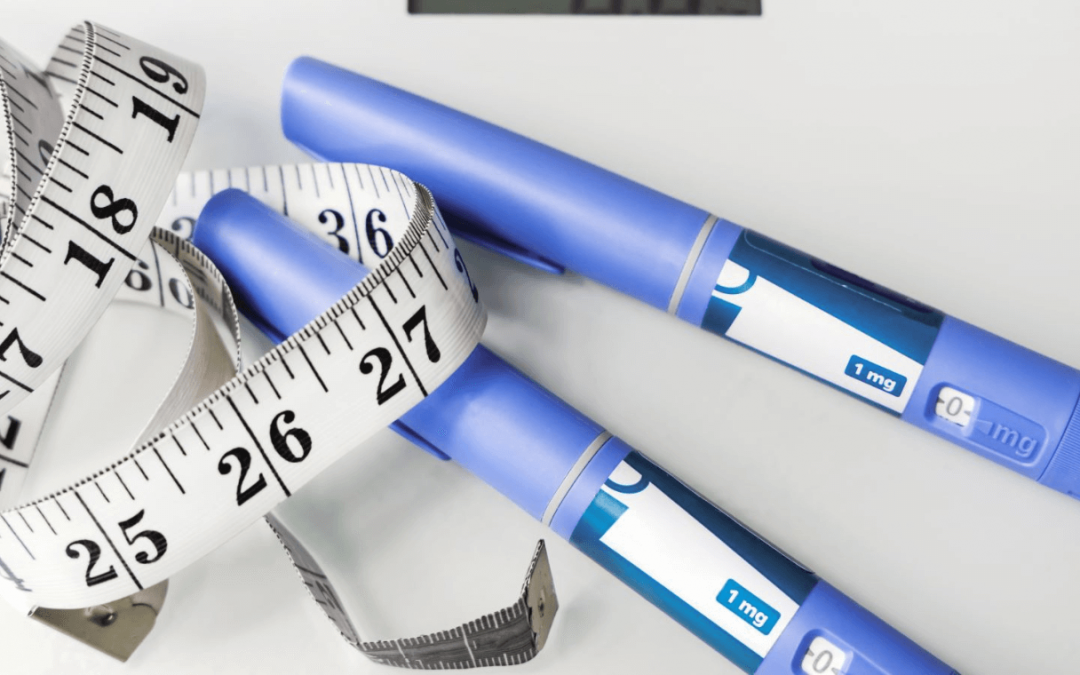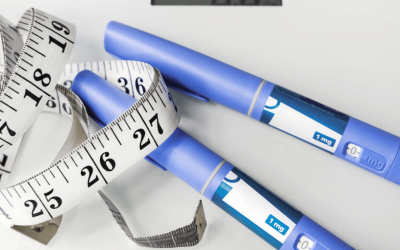The rising trend in people becoming overweight and obese isn’t solely based on visual observation. In fact, living in London, there seems to be less of a visual prevalence compared to other parts of the UK. Instead, it is through a measurement called Body Mass Index or BMI. Body Mass Index (BMI) is calculated as weight in kilograms divided by height in meters squared. To showcase the calculation: My weight is 71kg My height is 1.72m. This calculation would be 71kg divided by 1.72². The result would be 24.0 which sits me in the ‘healthy weight’ range. Following current recommendations, overweight is defined as a BMI of 25.0 to 29.9 and obesity as a BMI of 30.0 or higher. Obesity can be further subdivided into grade 1 (BMI 30-<35), grade 2 (BMI 35-<40), and grade 3 (BMI ≥40).
Is BMI an accurate measure of health?
Most people who come out on the wrong side of the BMI readings will claim it’s meaningless. That it doesn’t take into account muscle mass. This is true! There are many professional athletes that will be considered ‘obese’ under this measure. But, for broader populations, this is an excuse because for most who fall under the overweight and particularly the obese readings, they are at risk.
BMI and body fat
BMI has been found to be highly correlated with percentage body fat as measured by a Dexa scan – which is one of the most accurate measurements available for body fat. For men, the correlation between BMI and percentage body fat ranges from 0.72 to 0.79; for women the correlation ranges from 0.72 to 0.84. So clearly, it’s not an exact science. A crude measurement will not 100% tell someone if they are at significant risk. Yet those who it doesn’t fully apply to will likely be those who are exercising lots and have developed greater musculature and bone density. For use on general populations, it has its place. People are quick to ridicule it when it goes wrong, but ignorance of its effectiveness is more dangerous.
New guidance
Updated guidelines suggest that people should measure their waist to ensure they do not have excess dangerous fat around their abdomen. According to the National Institute for Health and Care Excellence (NICE), to limit health risks, an adult’s waist should measure less than half of their height. Excess weight around the middle increases the likelihood of developing conditions such as type 2 diabetes, high blood pressure, heart disease and stroke. So rather than get bogged down too much with an overload of information – all you can do is limit your risks as best as possible. Your first target should always remain:
- Healthy BMI range
- Waist circumference comfortably less than half of your height.
Happy measuring!










